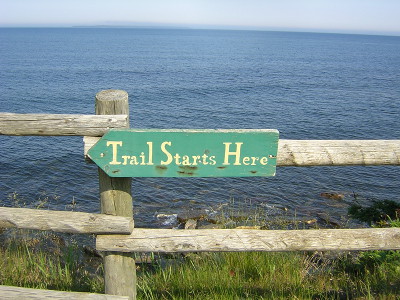 At the beginning of last week I was at a conference, Spark & Hustle, with a bunch of other small business owners. And I heard this said many times and in many ways: “How do I get all my day to day things done and still have time for all those other things that should be done?”
At the beginning of last week I was at a conference, Spark & Hustle, with a bunch of other small business owners. And I heard this said many times and in many ways: “How do I get all my day to day things done and still have time for all those other things that should be done?”
Do you ever wonder that?
I know I have. And it’s usually accompanied by a feeling of overwhelm, a physical tightening of my back and feeling like I have a rock in my stomach. Oh, and it’s topped with a small voice telling me “there is NO way you will EVER get all of that done.”
How does it show up for you?
And then the voice might tell me I might as well go check Facebook or watch TV, basically just give up now, don’t waste your time.
I’d love to tell you I never experience this anymore, but that’s not truthful. It still happens on occasion. However, it does happen less than before and the voice that tells me I’m wasting my time isn’t quite as loud as it once was. And sometimes it doesn’t bother showing up at all, it must know I’d ignore it now anyway.
So, what to do?
It’d be easy and decent advice to tell you to just identify your priorities. But it probably wouldn’t be extremely helpful. I know when I’m in that place described above and someone tells me to figure out my priorities my thoughts are along the lines of: “Well, yes, setting priorities is the extremely logical thing to do. However if I could easily do that, I wouldn’t be having this problem! Right now the priority is my day-to-day stuff, and that’s part of the problem!”
I’m going to use the term “long term priorities” to mean those projects or tasks that you want to work on, but seem to get lost in the day-to-day tasks. These projects or tasks might not take long to accomplish, but they don’t seem to move forward either.
What I needed was:
- A little help deciding what those long term priorities were.
- A way to find time to tackle the long term priorities.
This week’s article tackles the first topic and next week we’ll look at the second topic.
Note: I’m using the term “long term priorities” to mean those projects or tasks that you want to work on, but seem to get lost in the day-to-day tasks. These projects or tasks might not take long to accomplish, but they don’t seem to move forward either.
Help deciding what your long term priorities are
- What method currently is bringing you the most clients? And if you don’t have clients yet, what method will most quickly bring you the most clients (hint: if you’re a new business, the fastest way is almost always going out and meeting people).
- Is there anything on your “I should do this” list that relates directly to that method?
For example, perhaps you met most of your current and previous customers networking. And when networking you pass out your business cards, but your business cards have an old email address on it that you cross out and write in your current email address. Then, getting new business cards with your current email address would be a task directly related to networking.- Yes, there are directly related tasks: Those tasks are your highest priority.
- No, I don’t have any directly related tasks: What is the second way you are most likely to meet clients? Ask step 2 again.
- Optional: Is there anything on your “I should do this” list that indirectly relates to that method?
For example, using the above example of networking and business cards, let’s say that the website on your business cards is correct, but is no longer an accurate representation of what you do (hey, it happens, our business tend to evolve). Then, updating your website would be a task indirectly related to networking.
What are your priorities? Did any priorities from this exercise surprise you? Share in the comments below!









